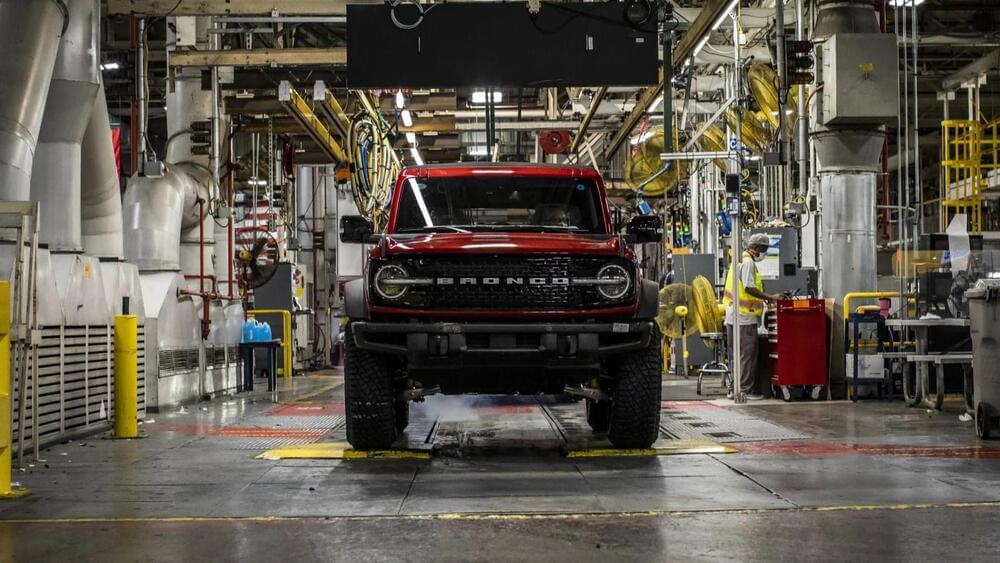Circa 2020
Carmaker is to begin testing proposal to fit its Dyna vehicles with hydrogen fuel cells[br].
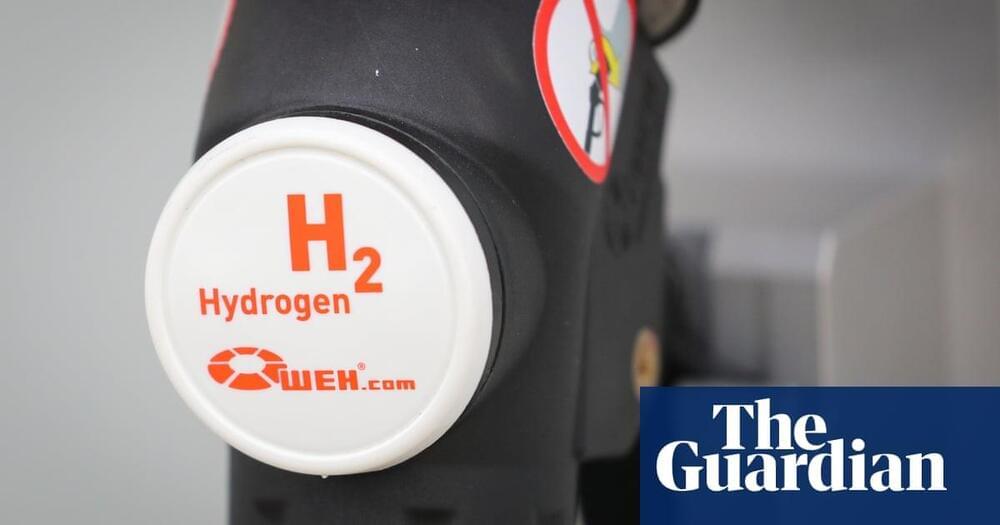
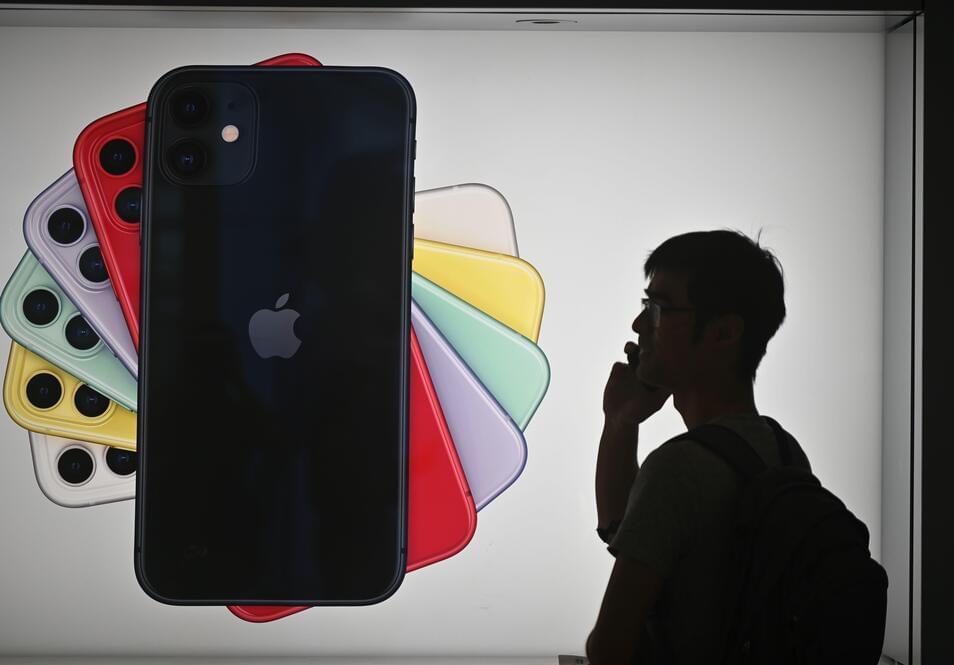
Eight states will roll out a feature allowing users to add driver’s license and state IDs to Apple Wallet for iPhone and Apple Watch to use at security at participating airports, Apple announced Wednesday.
Arizona and Georgia are the first states to adopt the feature and Connecticut, Iowa, Kentucky, Maryland, Oklahoma and Utah will follow, though the company did not specify a timeline.
The news comes just months after Apple said at its Worldwide Developers Conference in June that it was working on the feature with the Transportation Security Administration. The update is a crucial step in Apple’s plan to replace physical wallets and will offer more convenience to travelers looking for a touchless airport experience, the company said.
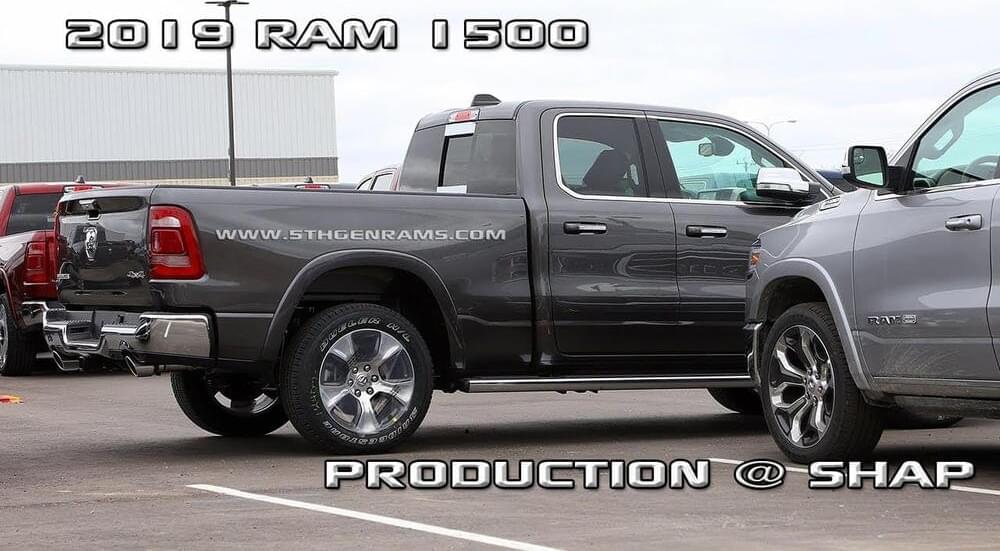
The global semiconductor shortage has dealt another huge blow to Stellantis, with the automaker announcing new production issues. Semiconductors are the backbone of today’s automotive industry, controlling electronic features like driver-assist technologies, hybrid-electric systems, and even infotainment connectivity. This time, the shortage is affecting production for several of the company’s most popular vehicles in North America.
According to several United Auto Workers (UAW) local union websites and a report from the Automotive News, several Chrysler, Dodge, Jeep®, and Ram Truck vehicles will be affected by the latest shortage of semiconductor chips.
The biggest of those plants affected is the Sterling Heights Assembly Plant (SHAP) in Michigan, which is the only facility to manufacturer the highly successful Ram 1,500 pickup. The news comes as the plant is gearing up for the launch of its2022Ram 1,500 lineup later this month. SHAP’s 6,700+ hourly employees are temporarily laid off starting yesterday (August 30th) and will return the day after the Labor Day holiday (September 7th).

Russian start-up NTechLab has released FindFace Multi, a detection technology that uses an advanced algorithm to recognize not only faces, but also bodies of people and cars. This is an update to the company’s flagship product and is able to support numerous video streams and facial database entries.
Body recognition allows FindFace Multi users to count and search people moving through an environment as well as identifying individuals and tracking movements. The algorithm also takes into account markers such as height, color of clothes and accessories.
The vehicle recognition function determines the body type, color, manufacturer, and model of a car, as well as searching by license plate. Even if license plates, or parts of the vehicle are not visible or obscured, the system can still identify a car.

Plan ahead.
We have brought you multiple videos of Tesla cars in ‘boat mode’ wading through flooded streets across different parts of the world. Electric SUV maker, Rivian, seems to have an unofficial ‘boat mode’ as well, judging from a reasonably well performance in a recent test run.
Tesla’s rival electric SUV-maker Rivian just showcased its new R1T going through deep waters and unlike gas-powered cars, it seemed unbothered.
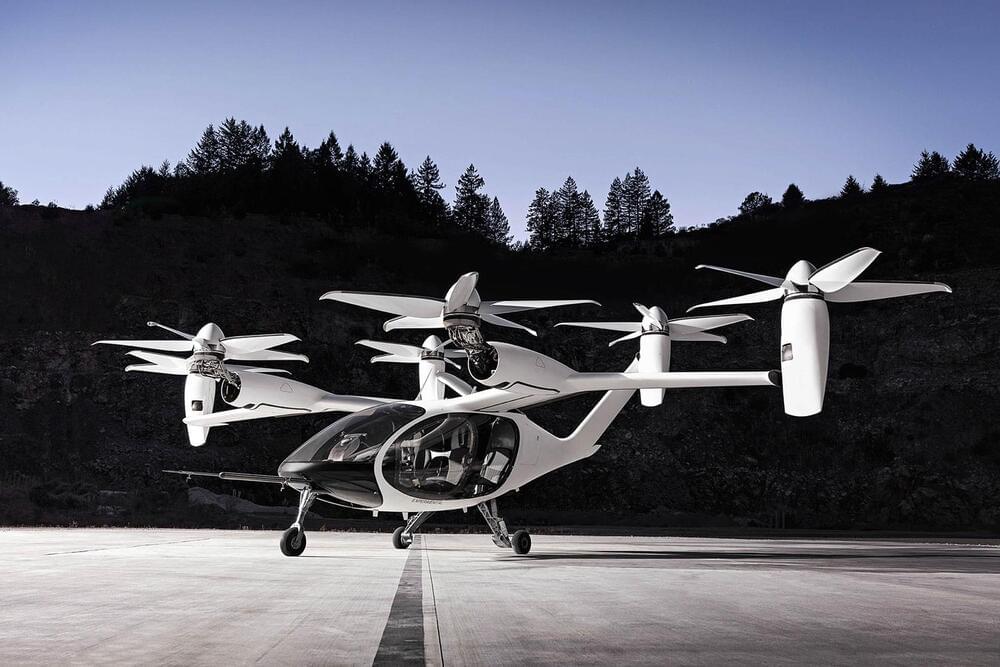
The automotive electric vehicle revolution paves the way for urban air mobility, but people must not be naive to believe that electric vehicle batteries are enough for electric flight. The need for fast charging, 30 times the energy throughput, and three times the power demand requires a new generation of batteries.
Engineers at Penn State have now demonstrated two energy-dense lithium-ion batteries that can recharge with enough energy for a 50-mile eVTOL trip in five to ten minutes. These batteries could sustain more than 2,000 fast charges over their lifetime.
In the last couple of years, several prototypes have emerged – including from companies like Volocopter, Boeing, Lilium, SkyDrive. While some prototypes have included wheels, they all incorporate spinning rotors to facilitate takeoff and landing, including the air taxi shown off last year by Hyundai, which is basically a small helicopter.
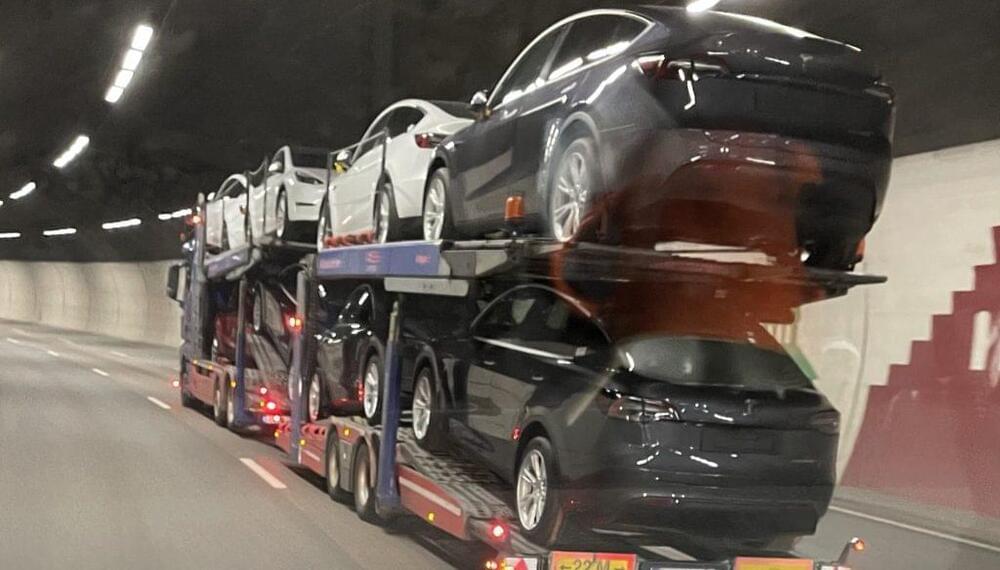
The Tesla Model Y has boosted Tesla’s presence and sales in Europe. Charts that track EV sales in Europe reveal that Tesla Model Y sales have already exceeded numbers from legacy automakers in Norway, including Volkswagen, Ford, and Audi.
In terms of the full transition to electric vehicles, Norway might be considered the closest to the goal. The Norwegian Road Traffic Information Council (OFV) reported that most new passenger car sales in July were zero-emission cars, taking up 64.1% market share.
Norway might be an excellent place to test the Tesla Model Y’s future in Europe as Giga Shanghai continues to send exports to the continent. As of August 30 the top EV brand selling in Norway is Tesla, with 1,776 vehicle registrations. The top model sold in Norway this month was the Tesla Model Y, with 1,115 registrations.

In the past week, CleanTechnica readers were most attracted to stories about cool & cheap electric motorcycles, an Australian pastime that electric vehicles are sure to kill, and the standard-range Tesla Model 3 and Model Y getting LFP batteries. Following those medal winners, the BYD Dolphin potentially getting millions of sales, love for water batteries, and solar-powered trains took the next three spots.
For the details on those stories, to see the rest of the top 20 list, or to go explore the sometimes wild and crazy (but almost always useful) comments under the pieces, scroll down and have a gander.
